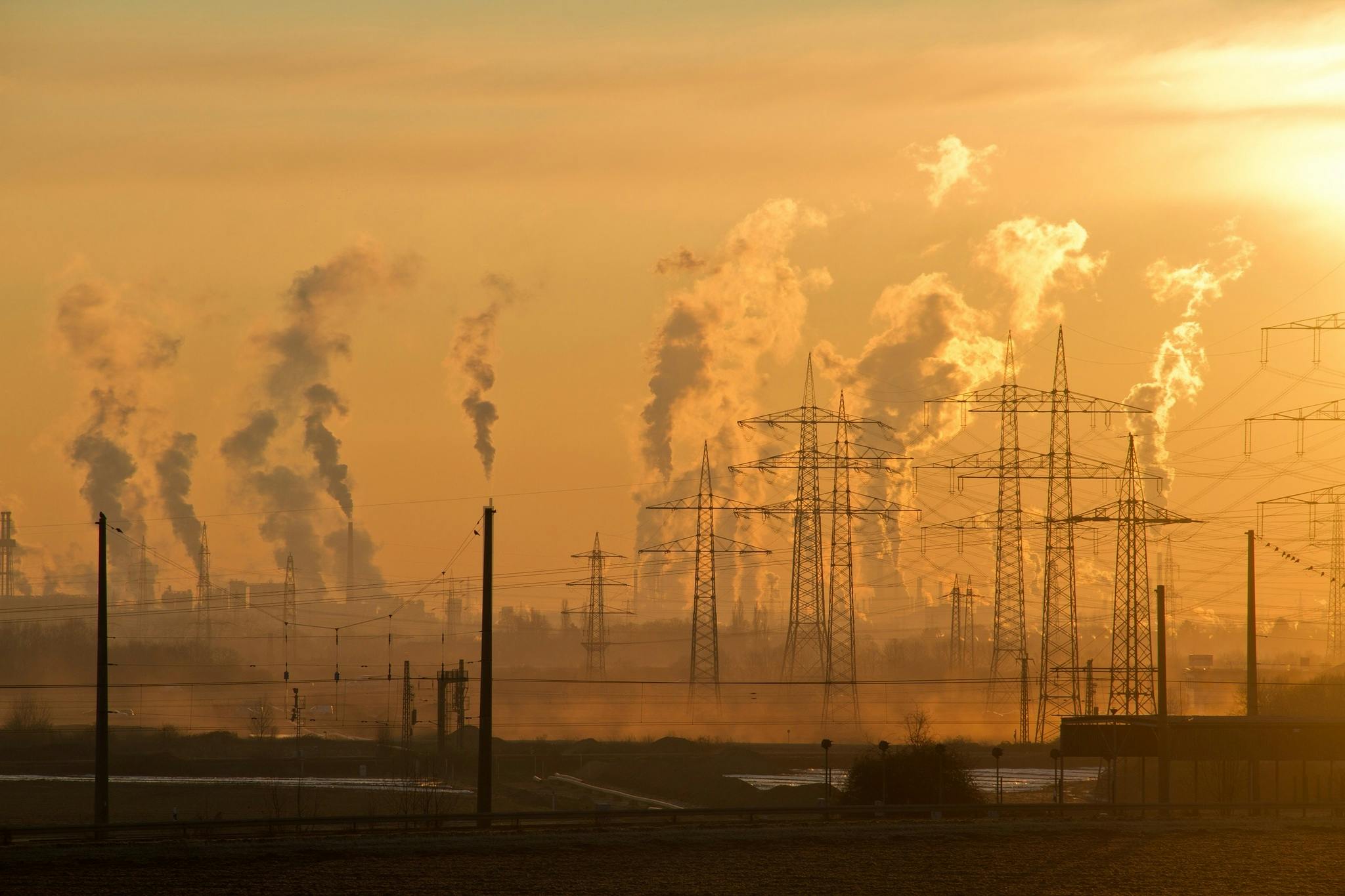Home / Environment / Paris Climate Pact at 10: Successes Tempered by Equity Gaps
Paris Climate Pact at 10: Successes Tempered by Equity Gaps
18 Nov
Summary
- Paris Agreement introduced innovations like universal participation and global stocktake
- Developed countries lag in ambition and climate finance delivery
- India leads global climate initiatives, on track to exceed 2030 emissions target

In the decade since the landmark Paris Agreement was signed in 2015, the global climate framework has demonstrated resilience, but also faces persistent challenges. The accord, which obligated all countries to take action on emissions, adaptation, and support, has bent the emissions curve, even if not far enough.
The Agreement's innovations, such as the global stocktake and emphasis on finance and technology transfer, have made it a blueprint for multilateral cooperation. Most countries have now adopted long-term low-emissions strategies and net-zero targets. India, in particular, has emerged as a climate leader, co-founding initiatives like the International Solar Alliance and the Coalition for Disaster Resilient Infrastructure.
However, the global gaps remain glaring. Developed countries have failed to demonstrate the necessary ambition, with some even expanding fossil fuel production. The delay in delivering the promised $100 billion in annual climate finance has eroded trust. Emerging economies must now seize the opportunity to leapfrog to cleaner pathways, with the right support.
As the Paris Agreement enters adolescence, the world has a framework that works, but the coming decades will determine whether it becomes a true turning point or a missed opportunity. Systemic change, not incrementalism, is needed to address the existential threat of climate change.



